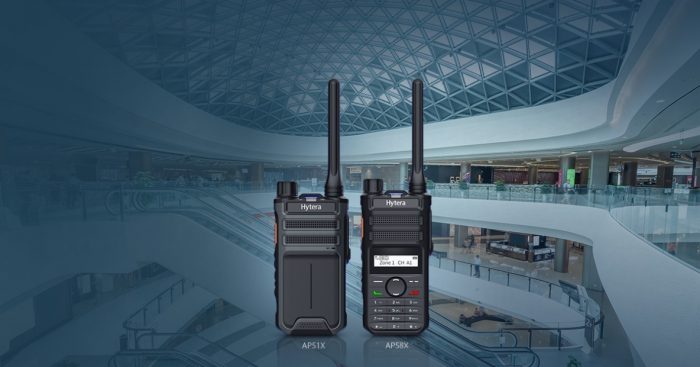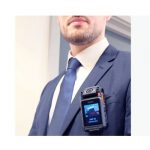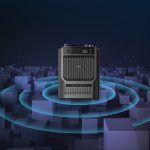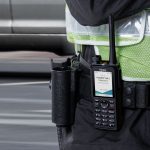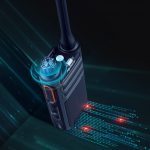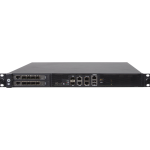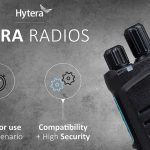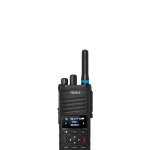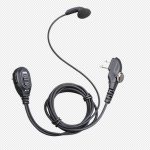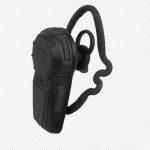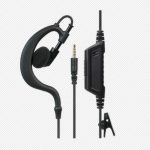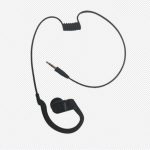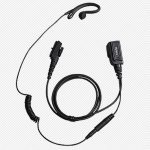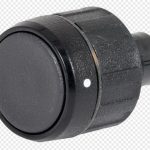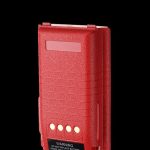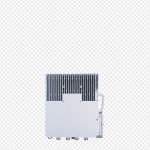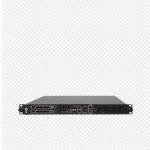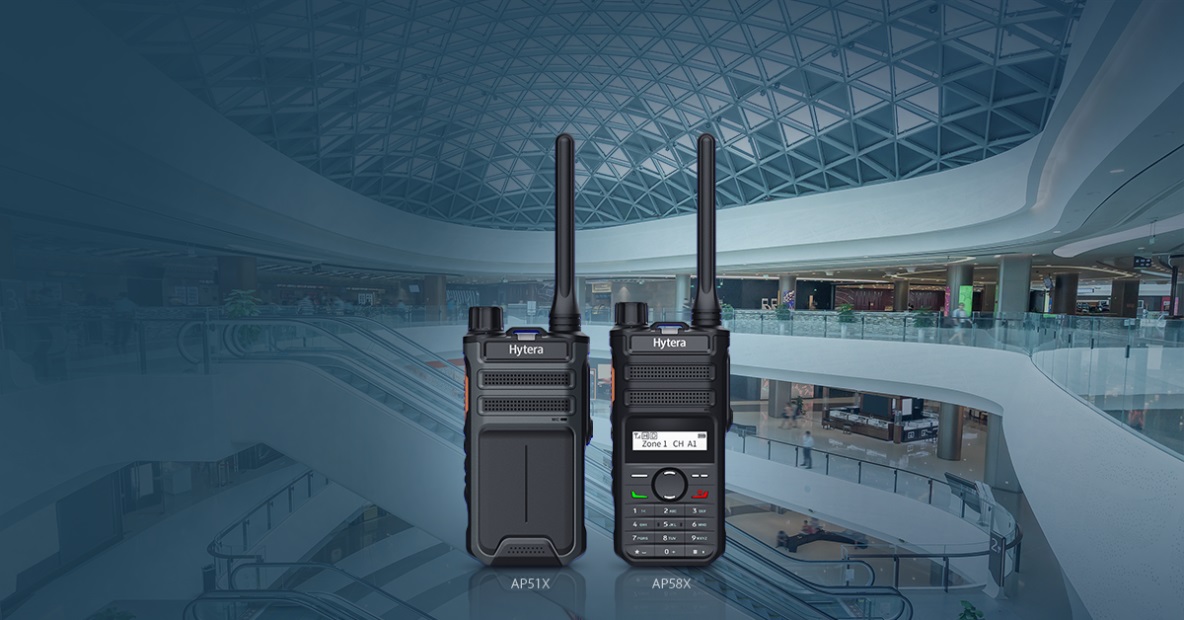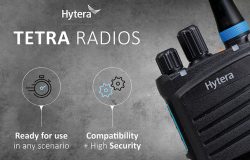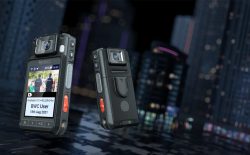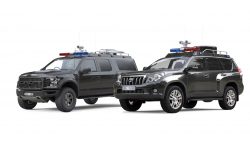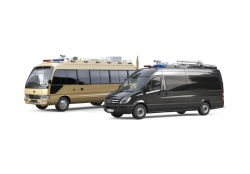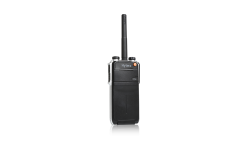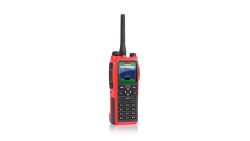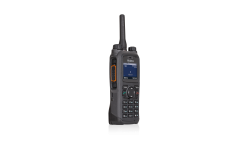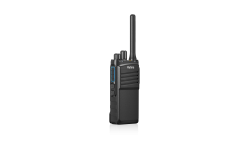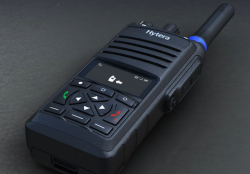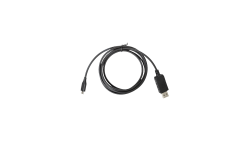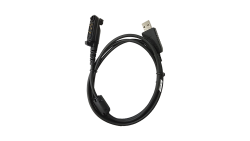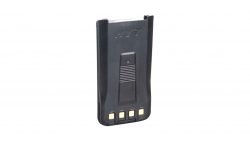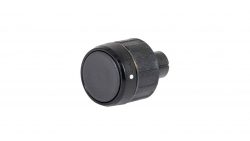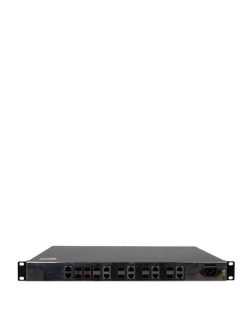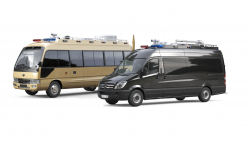What are Portable/Handheld Radios?
There are four types of two way radios: portable, mobile, desktop base station, and repeater.
• Mobile radios are used in a car or truck and they use the vehicle’s power. They will achieve better range by using an externally mounted antenna on the vehicle.
• Desktop base station radios are placed on a desk or counter. They use mains power and can be connected to a cable that leads to an externally mounted antenna.
• Repeaters can extend the range of radio by boosting the signal where the repeater is located so the signal may continue traveling. They amplify the received/input signal to a higher frequency domain so that it is reusable, scalable, and available.
•Portable radios are handheld radio transmitter/receiver devices, which means that you can take them with you anywhere you go. They can send and receive radio messages. Portable radios can be used for every scenario, whether for communication in the business environment, for usage in tunnels and mines, or for reliable communication for the police or fire service.
Types of Portable/Handheld Radios
Analog Portable Radios
Analog Portable Radios operate by using electromagnetic radiation to transmit data on the electromagnetic spectrum. They have two main parts, a receiver, and a transmitter. The transmitter sends radio signals—called continuous sine waves—using one of two types of Amplitude Modulation (AM) and Frequency Modulation (FM) to carry information. It means analog radios can operate in a specific range of radio wavelengths to transmit data across vast distances. Analog radios can be used across many industries, from construction and transportation to hospitality and facilities.
Digital Handheld Radios
Digital handheld radios convert the audio to digital information then compress the digital information and transmit it in pieces. Digital radios can improve the quality of voice. Because digital radio receivers have built-in technology that cleans and filters transmissions, the reception is more resistant to interference and can be used in a wider range of signal environments, and can achieve better voice and audio quality, with fewer received audio noises but clearer voice. Another side, digital radios can provide better data processing and interface functions to achieve perfect and convenient voice and data service integration.
Push-to-Talk Over Cellular (PoC) Radios
The Push-to-Talk Over Cellular (PoC) radio is a two-way radio that uses the existing public network for communication. PoC radio system is favorable for group users because it eliminates the distance restriction of traditional Land Mobile Radio (LMR) devices. Due to its wide coverage and low cost, it can be rapidly deployed in batches to meet your needs of emergency response and improve work efficiency for your organization.
What are the Basic Components of Portable Radios
Main Unit
A portable two-way radio main unit generally consists of PCB components from the inside and radio housing from the outside. PCB is the core electronic part of the radio unit while the housing is often featured with an external antenna, volume/switch button, and indicator light normally located at the top.
Speaker and Microphone
Audio comes out of a small speaker on the front of the device. Depending on the design of the radio, the speaker is at the top or bottom of the front side. A portable radio microphone is usually in about the same location as the speaker and may have the abbreviation “MIC” to indicate where it is. By pressing the radio’s push-to-talk button, it instantly transmits your voice to others on the same channel.
PTT Button
PTT means Push-to-Talk. The portable radios have a microphone that is automatically activated when the PTT button is pressed. Enables the operator to speak when they push the button and release the PTT button to listen.
Emergency Alert Button
Radios that feature Emergency Alert have a button that, when pressed, sends out a distress call to other radios within range. Such an emergency alert button is often located on the top of the radio for quick and easy access. In case of danger, the portable two-way radio user can trigger the alarm and seek assistance by pressing this button.
Antenna
The antenna sends and receives messages via radio waves. It is responsible for keeping your received signals clear and turning them into electrical signals. So a high-performance antenna makes for your high-quality critical communication to some extent. Antennas are made with sturdy metal and protected with extra-durable plastic. Generally, portable two-way radio antennas are divided into 3-inch “Stubby” model and the 6-inch one.
Battery
Most portable two-way radios today adopt Li-ion and Li-Po batteries since they have a higher energy density, no memory effect, and lower discharge rate, compared to Ni-MH and Ni-Cd technologies. Most importantly, the polymer lithium-ion battery uses aluminum-plastic flexible packaging, instead of unstable metal material, so it’s safer at charging for the users.
Display
The display, displays more details for you, such as channel, signal, contacts, remaining battery life, signal strength indicator, and more.
